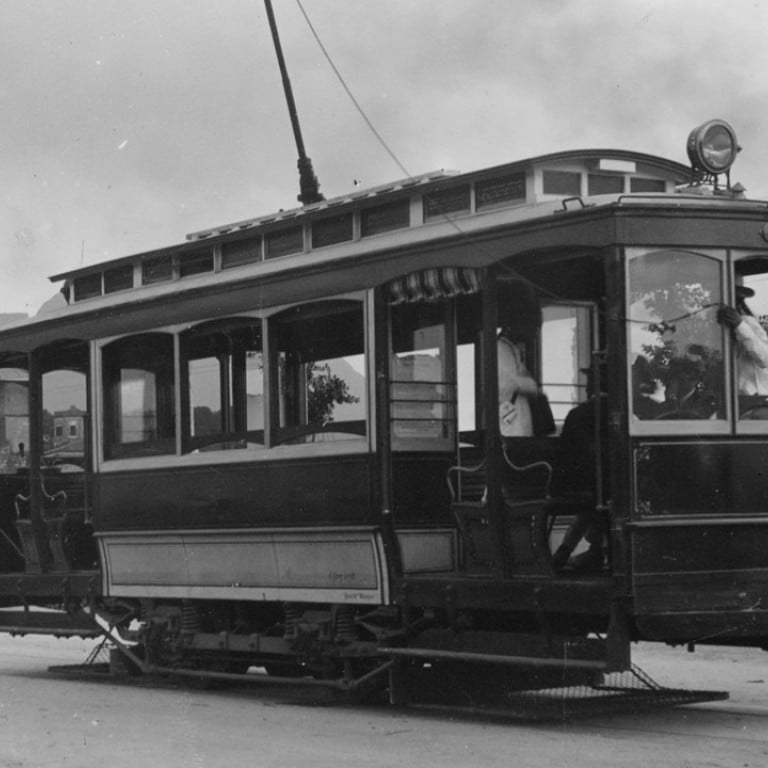
Ding ding! 100-plus historic photos of Hong Kong trams in new book
- ‘The Tramways of Hong Kong’ by Peter Waller takes readers on a colourful, rickety journey through the history of the city
- Book also provides a range of technical information about the tramways
Hong Kong’s iconic trams not only form a low-cost link between the east and west of Hong Kong Island, they also provide a direct link to the city’s past.
Our beloved “ding dings” are a quaint, reassuring daily reminder of simpler times, surviving Hong Kong’s transformation from a barren rock into a bustling metropolis.
Amazing 19th and early 20th century photos of Hong Kong buildings
With only slight modifications over the years, today’s trams aren’t far removed from the models that first hit the rails in 1904 – one year after the launch of the South China Morning Post.
But while not much has changed with the trams, the same cannot be said for the city that has sprouted up on the sides of the tracks – a transformation wonderfully chronicled in Peter Waller’s new book The Tramways of Hong Kong, published by Blacksmith Books.


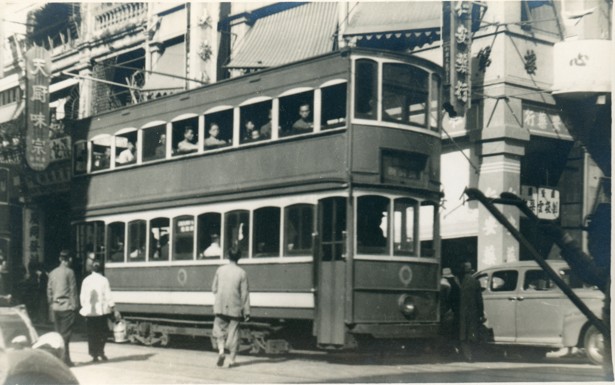
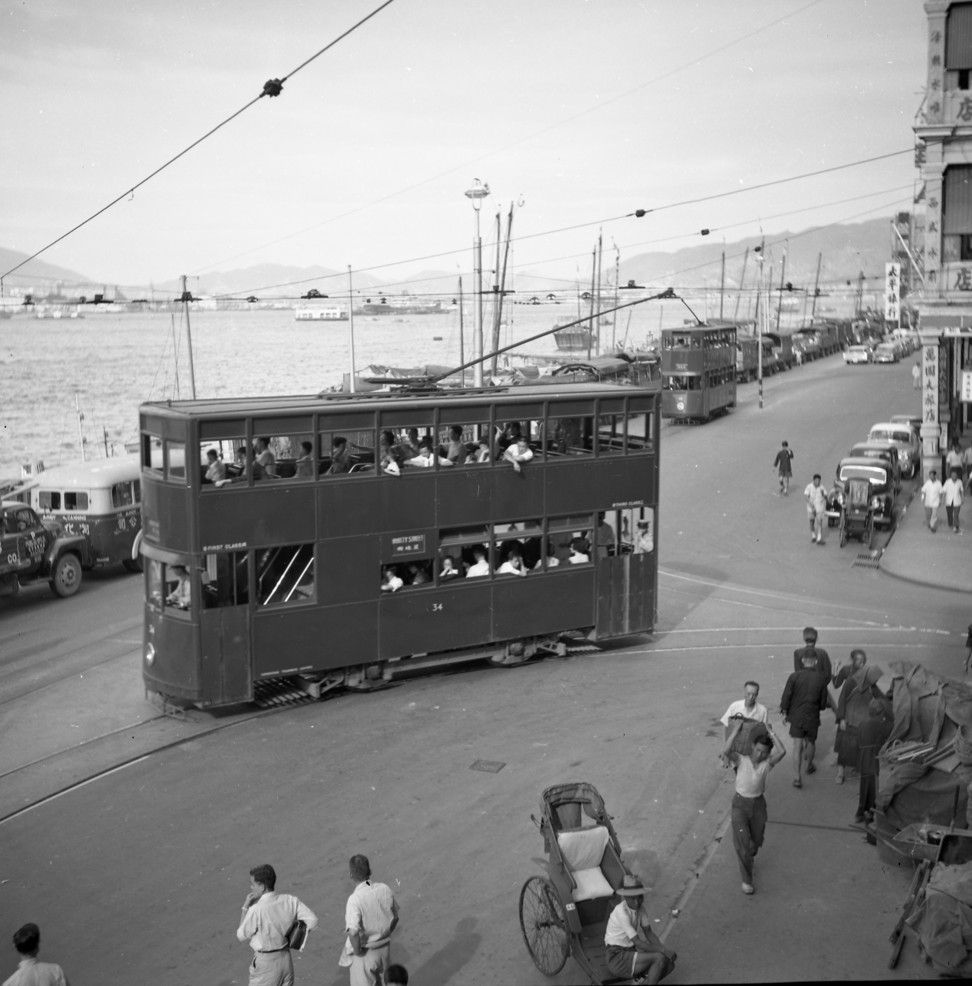
British writer Waller – who visited Hong Kong in the 1990s and is now based in Shropshire in the UK – has a long-standing interest in trams, his previous books including British and Irish Tramway Systems since 1945 (published in 1992) and German Trams in Colour 1955-1975 (2017).
In The Tramways of Hong Kong, he writes that the trams “have witnessed the transformation of the local economy from a colonial backwater to the massive financial centre that is the modern city”.
Subtitled “A History in Pictures”, the book opens with an introduction providing a range of technical information about the tramways – the gauges of the railways, the number and types of trams introduced at various dates, the construction of various depots and so on – but the real stars of the show are the more than 100 historic images.
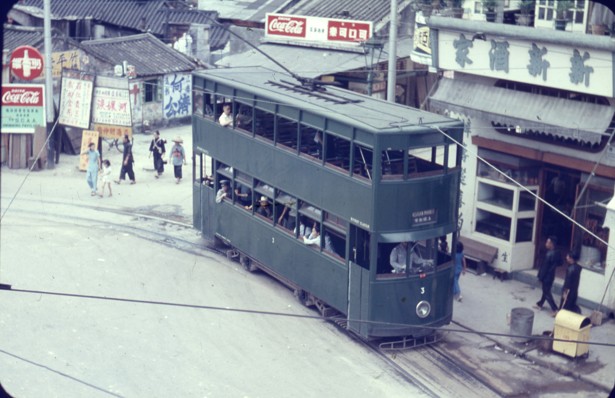
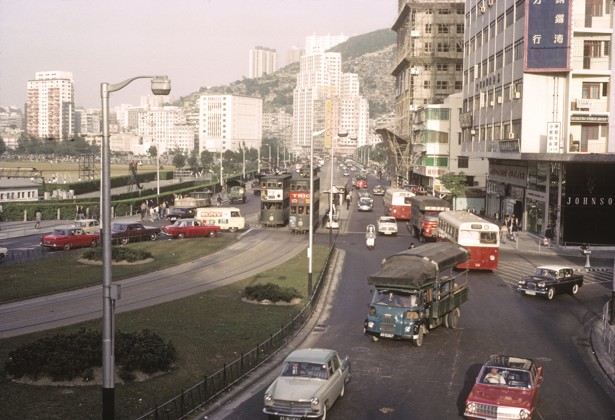
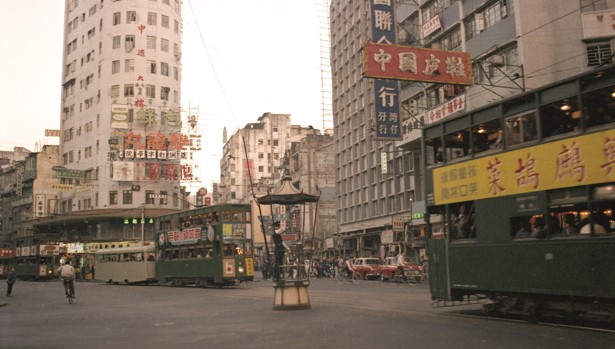
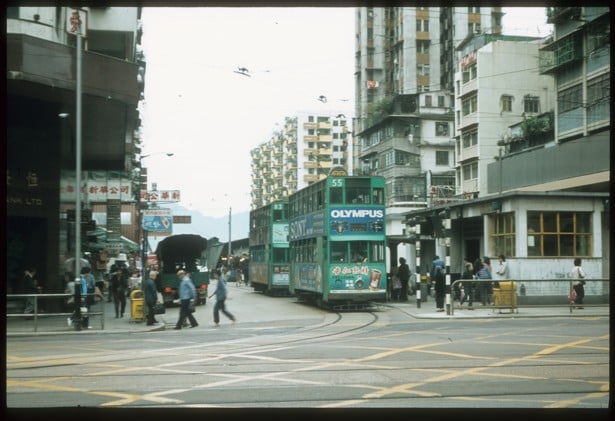
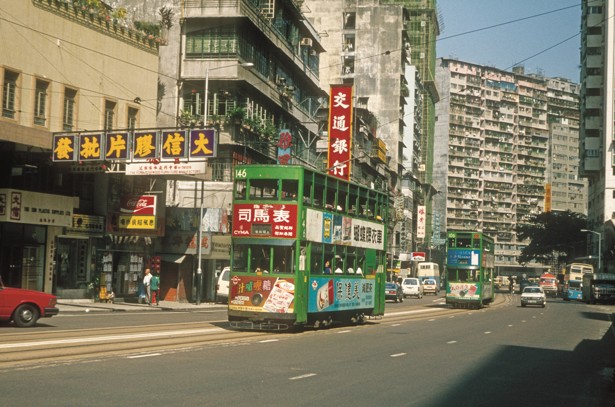
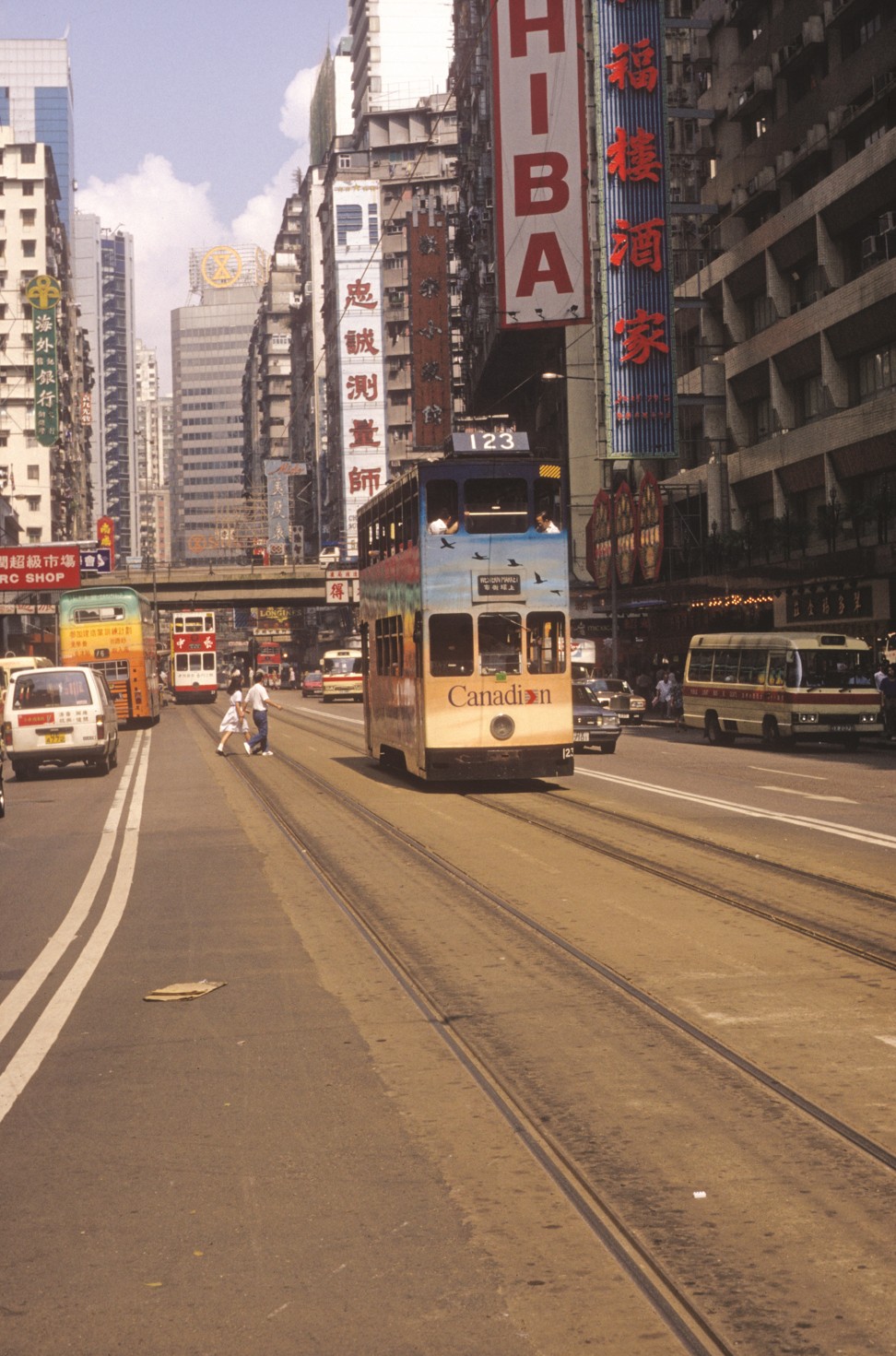
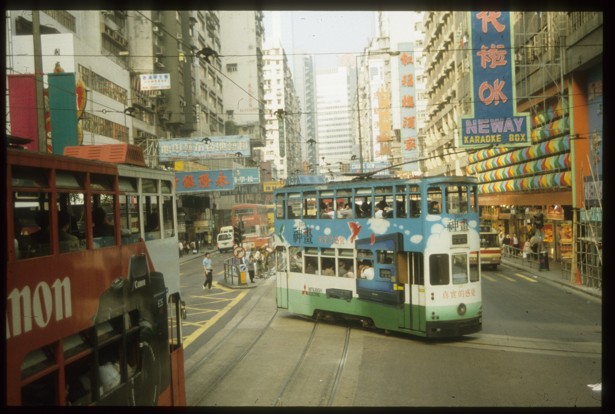
Stand-out images among the photographs, most of which have not been published before, include shots of the original single-decker trams running along a waterfront that has long since moved north due to reclamation; an image of the Shau Kei Wan terminus surrounded by now-demolished village houses; and the more recognisable double-decker trams trundling through our Day-Glo city in the 1960s.
The Tramways of Hong Kong takes the reader on a colourful, rickety journey through the history of the city. But best of all, every day on Hong Kong Island, commuters can still take this trip whenever they step aboard a ding ding – and all for the price of just HK$2.60 (33 US cents) a pop.

